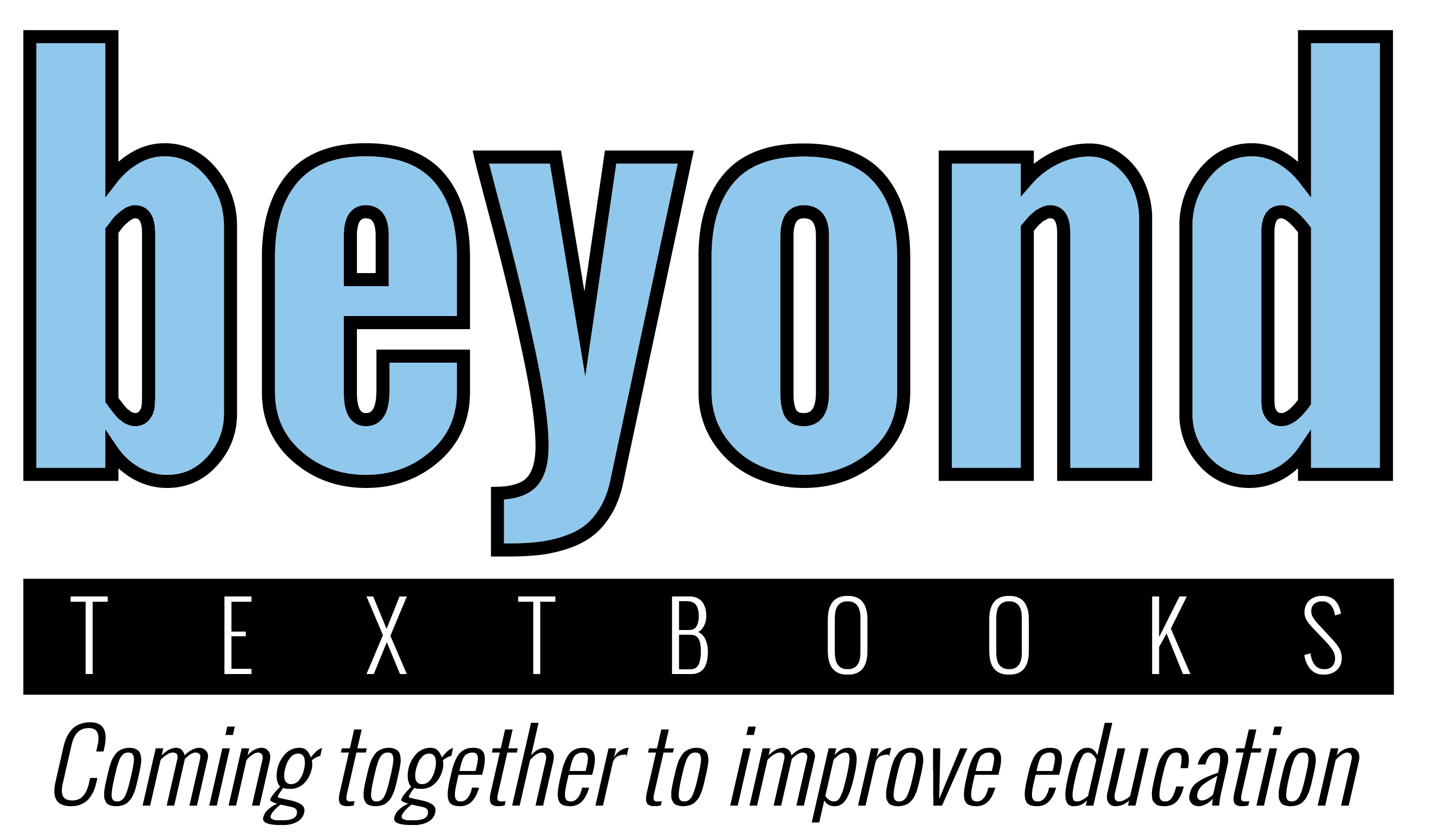Writing
Quarter 1 Standards
-
2.L.01a-f: The Highly Proficient student can use parts of speech correctly in simple and more complex sentences including; collective nouns, irregular plural nouns, reflexive pronouns, irregular verbs, adjectives and adverbs.
-
2.L.01g: The Highly Proficient student can produce, expand, and rearrange complete simple and compound sentences with the use of transition words in a verbal discussion or a piece of writing.
-
2.L.02a: The Highly Proficient student can use capital letters for pronouns, proper nouns, and the beginning of a sentence and justify their reasoning.
-
2.L.04d: The Highly Proficient student can determine or clarify the meaning of unknown and multiple-meaning words and phrases based on grade 2 reading and content, choosing flexibly from an array of strategies. d. Use sentence-level context as a clue to the meaning of a word or phrase.
-
2.R.RF.03c/2.WF.03b1b2: The Highly Proficient student can identify and decode words using the six syllable types in multi-syllable words.
-
2.W.03: The Highly Proficient student can write a well-organized narrative that includes a strong sense of main ideas, characters, details, sequence of events, and a sense of closure.
Quarter 2 Standards
-
2.L.02c: The Highly Proficient student can create a piece of writing that consistently uses apostrophes to correctly punctuate contractions and possessive words.
-
2.L.04c: The Highly Proficient student can use the meaning of individual words to predict the meaning of compound words.
-
2.L.04e: The Highly Proficient student can use a glossary, dictionary, or internet to determine the meaning of a word or phrase and applies this to the writing.
-
2.W.02: The Highly Proficient student can write a variety of informative texts that introduce a topic using facts and definitions effectively to explain points with a strong topic and concluding section.
-
2.WF.03c: The Highly Proficient student can identify words with suffixes in a given paragraph. They can define them and divide them into root word-suffix.
Quarter 3 Standards
-
2.L.02d: The Highly Proficient student can edit and revise common mistakes in spelling patterns and consistently use spelling patterns correctly in their own writing.
-
2.L.04ab: The Highly Proficient student can use root words, prefixes, and suffixes to understand the meaning of an unknown word and justify the meaning.
-
2.L.06: The Highly Proficient student can create a well-organized and detailed response to a story using adjectives and adverbs.
-
2.W.01: The Highly Proficient student can write a well-organized, detailed opinion on a topic or book using linking words that clearly support their reasoning.
-
2.WF.02: The Highly Proficient student can demonstrate and apply sound-letter concepts. a. Write the most common graphemes (letters or letter groups) for each phoneme. For example: 1. Consonants: /s/= s, ss, ce, ci, cy, /f/= f, ff, ph, /k/= c, k, ck 2. Vowels: /o/= o, o_e, oa, ow (long o), /a/= a, a_e, ai, ay, eigh (long a)
Quarter 4 Standards
-
2.W.05: The Highly Proficient student can review a draft for errors in conventions independently that strengthens their writing.
-
2.W.06: The Highly Proficient student can use both digital and non-digital tools to create, rewrite, and illustrate a piece of writing to share with an audience.
-
2.W.07: The Highly Proficient student can use multiple informational sources to create a well-organized research report that includes a title, main idea, and supporting details.
Yearly Standards (taught throughout the year)
-
2.L.01h: Demonstrate command of the conventions of Standard English grammar and usage when writing or speaking. h. Identify and use declarative, interrogative, imperative, and exclamatory sentences.
-
2.L.01i: Demonstrate command of the conventions of Standard English grammar and usage when writing or speaking. i. With assistance, link sentences into a simple, cohesive paragraph that contains: a main idea, supporting details, and a conclusion.
-
2.L.02be: Demonstrate command of the conventions of Standard English capitalization, punctuation, and spelling when writing. b. Use commas in greetings and closings of letters. e. Consult reference materials, including beginning dictionaries, as needed to check and correct spellings.
-
2.L.03: Use knowledge of language and its conventions when writing, speaking, reading, or listening. a. Compare formal and informal uses of English.
-
2.L.05: Demonstrate understanding of word relationships and nuances in word meanings. a. Identify real-life connections between words and their use (e.g., describe foods that are spicy or juicy). b. Identify synonyms and antonyms to distinguish shades of meaning among closely related verbs (e.g., toss, throw, hurl) and closely related adjectives (e.g., thin, slender, skinny, scrawny).
-
2.WF.01: Demonstrate and apply handwriting skills. a. Write legibly in manuscript using correct letter formation. b. Transcribe ideas in manuscript with automaticity and proper spacing.
-
2.WF.03a1-7: Know and apply phonics and word analysis skills when encoding words a. Spell on-level, regular, single-syllable words that include: 1. Position-based patterns (e.g., ch,-tch; k, -ck, -ge, -dge). 2. Complex consonant blends (e.g., scr, str, squ). 3. Less common vowel teams for long vowels (e.g., ow, oo, au, ou, ue). 4. Vowel-r combinations (e.g., turn, star, third, four, for). 5. Contractions (e.g., we’ll, I’m, they’ve, don’t). 6. Homophones (e.g., bear, bare; past, passed). 7. Plurals and possessives (e.g., its, it’s).
-
2.WF.03d1-2: Know and apply phonics and word analysis skills when encoding words. d. Spell grade-level appropriate words in English, as found in a research-based list (*See guidelines under Word Lists in the ELA Glossary), including: 1. Irregular words (e.g., against, many, enough, does). 2. Pattern-based words (e.g., which, kind, have).
-
2.W.04: With guidance and support from adults, produce writing in which the development and organization are appropriate to task and purpose. (Grade-specific expectations for writing types are defined in standards W.01–03).
-
2.W.08: Recall information from experiences or gather information from provided sources to answer a question.

